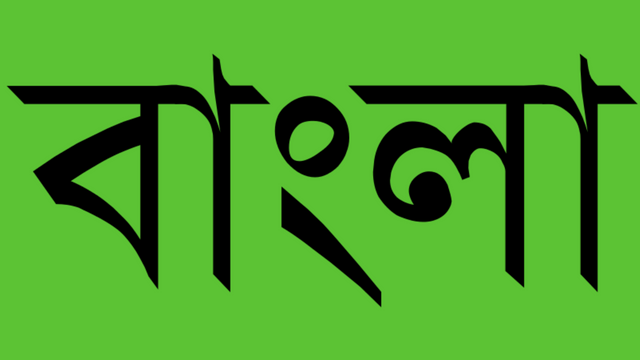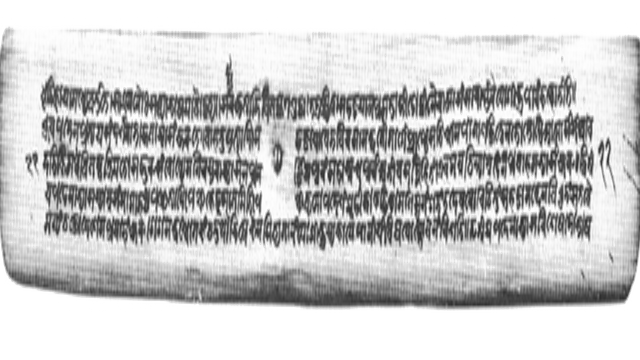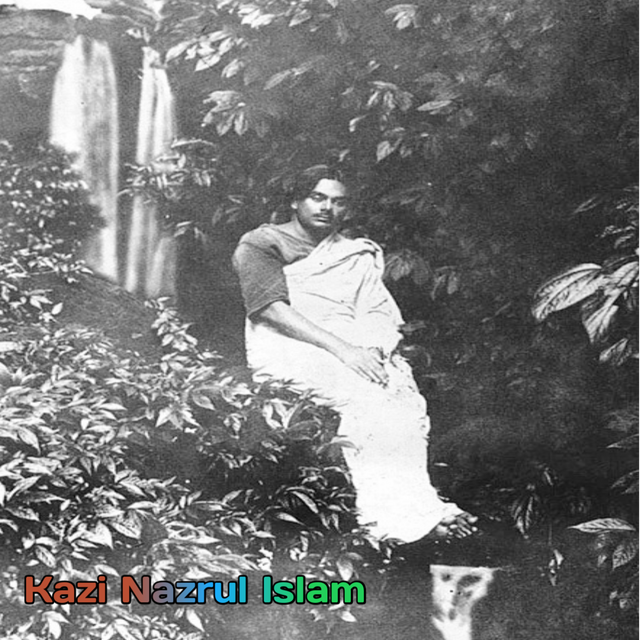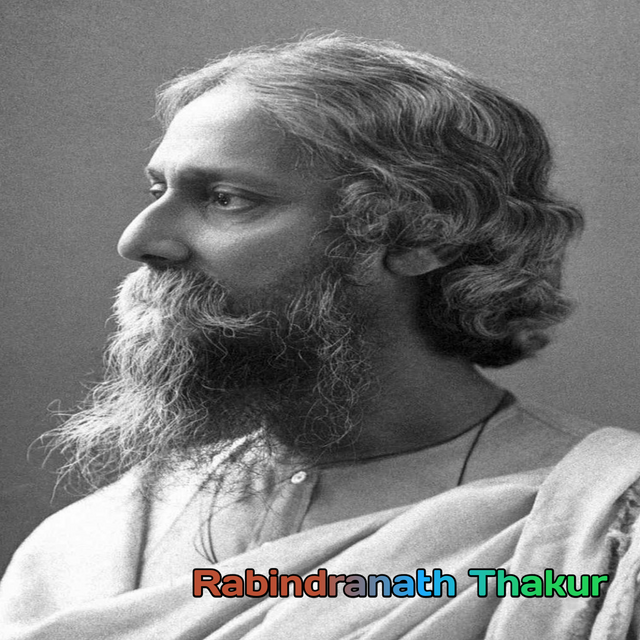History During the period between 10th to 12th centuries AD.
History:
During the period between 10th to 12th centuries AD, Bengal and other eastern Indo-Ary languages originated from eastern Madhya Indo-Aryan languages, such as Magadhi Prakrit and Pali. The spoken language evolved in Magadhi Prakrit or Ardhamadhdi language in the first millennium. Like the other Prakrit languages of northern India in the beginning of the 10th century, The languages arise. The local delinquent languages of the Eastern subcontinent, the sub-continent, gradually evolve into regional spoken languages, which basically gave birth to the Oriya language, Bengali-Assamese and Bihari languages. Although some linguists considered the birth of these three languages in 500 AD, this language has not yet become a healthy form; At that time there were various written and etymological forms as well. For example, it is assumed that in the sixth century, the untouchability originated from the Magadhi descendants, which had coexisted with pre-Bengali languages for some time.
During the time of Chaitanya Mahapravur and Bengal Renaissance, Bangla literature was highly influenced by the Sanskrit language. Though the pronunciation of Sanskrit words added to Sanskrit is changed according to other Bengali rituals, Sanskrit spell is kept unchanged. Bengal Muslim ruling group made extensive patronage of Bangla language. In addition to Persian, Bengali was also recognized as the Sultanate orthodoxy of Bengal and used to be widely used. Proto Bangla was also the main language of Pal and Sen empire.

In the nineteenth and twentieth century modern Bangla literature was developed based on the existing West-Central Bangla spoken language in Nadia region. There are many differences between the languages spoken in different regional spoken Bangla languages and modern Bangla literature. The words of Magdi Prakrit, Pali, Sanskrit, Persian, Arabic Language and AustroAssic languages and other language families are available in the modern Bengali vocabulary.
History of Bengali language is usually divided into three categories:
Ancient Bengali (900/1000 - 1400 AD) - Charpad, Sacred Songs Written Symbols of This Time. At this time, the verb, I, you and so-and-ala-ebah, etc., emerge.
Central Bengal (1400-1800 AD) - Important written specimen of the time, Chandidas Shree Krishna Kirtan etc. At the end of the word "non" eradication of sounds, the introduction of compound verbs, the effect of the Persian language is seen in the literature of this time. Some linguists divide this age into the first and the last two parts.
Modern Bangla (1800 AD-present) - This time the verb and pronouns are summarized, like his → his; Did it →
Prior to the 18th century, no initiative was taken to create Bangla grammar. During the work of Bhawal zamindari between 1734 and 1742, the Portuguese Missionary, Paradri Manuel The Assumasas, also compiled the dictionary and grammar of Bengali language Vocabolario M. Idioma Bengal, A Portuguese Dvidodo M Duas Vestes (Portuguese: Vocabolario em idioma Bengalla, e Portuguez dividido em duas partes) . Nathaniel Bracie Hallhead, an English grammarian, wrote a modern Bengali grammar in the book A Grammar of the Bangla Language, where the Bangla font of the printing press was first used. Bengal Rulingman Rammohun Roy wrote a grammar in 1832 by the Grammar of the Bengali Language.

As a result of the strong language awareness of the Bengali people in East Pakistan in 1951-52, a language movement called Bangla Language Movement was developed. In this movement the government of Pakistan is demanding official recognition of Bengali language. Many students and political activists were killed in the campus of Dhaka University on 21 February 1952. On 24 February every year Language Movement Day is observed in Bangladesh. On 17th November 1999, UNESCO gave the status of International Mother Language Day.
In addition to Bangladesh, in the 1950's, Bengali language movement was started in Manbhum district of Bihar state of India. The Bengali language movement was organized in the same way in the Barak valley of India's Assamese state in 1961. On May 19, 11 protesters were killed in police firing in Silchar.

Thank you. Have a Good Luck.......
Congratulations! This post has been upvoted from the communal account, @minnowsupport, by lochan466 from the Minnow Support Project. It's a witness project run by aggroed, ausbitbank, teamsteem, theprophet0, someguy123, neoxian, followbtcnews, and netuoso. The goal is to help Steemit grow by supporting Minnows. Please find us at the Peace, Abundance, and Liberty Network (PALnet) Discord Channel. It's a completely public and open space to all members of the Steemit community who voluntarily choose to be there.
If you would like to delegate to the Minnow Support Project you can do so by clicking on the following links: 50SP, 100SP, 250SP, 500SP, 1000SP, 5000SP.
Be sure to leave at least 50SP undelegated on your account.
Congratulations @lochan466! You have completed some achievement on Steemit and have been rewarded with new badge(s) :
Click on the badge to view your Board of Honor.
If you no longer want to receive notifications, reply to this comment with the word
STOPTo support your work, I also upvoted your post!